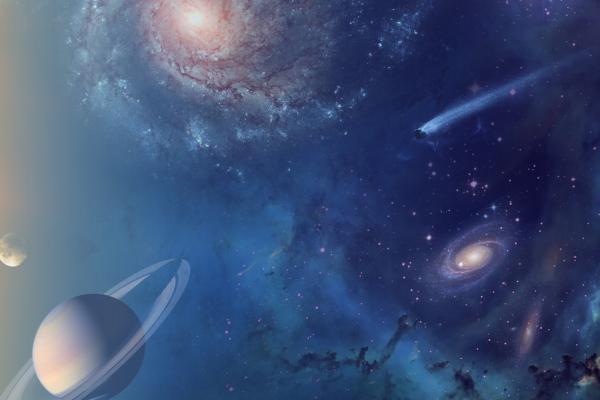
Fantastic Companions of "Jupiters" and Where to Find Them
Chelsea Huang - MIT
Jupiter and Saturn played important roles in sculpting the present day Solar System. Their interactions sent inward water-bearing asteroids, giving Earth its ocean. However, it is unclear if giant planets, in general, co-exist with small planets in exoplanetary systems. Using Kepler data, we have discovered for the first time a population of super-Earth companions in giant planet systems. I will discuss our preliminary constraints on the occurrence rate of co-transiting super-Earths, and some ideas regarding their formations. The eccentricity and inclination anomaly of Kepler single transiting super-Earths can also be used to infer the existence of distant giant planets. With the upcoming TESS mission surveying millions of bright stars in the sky, we will be able to discover and characterize many more systems hosting both giant planets and super-Earths. These systems will decode how the occurrence of super-Earth companions depend on the period of giant planets, and advance our understanding of how the extrasolar giant planets act as architects of their own planetary systems.
Coffee and Donuts will be served at 2:00pm in 4054 McPherson Lab.
